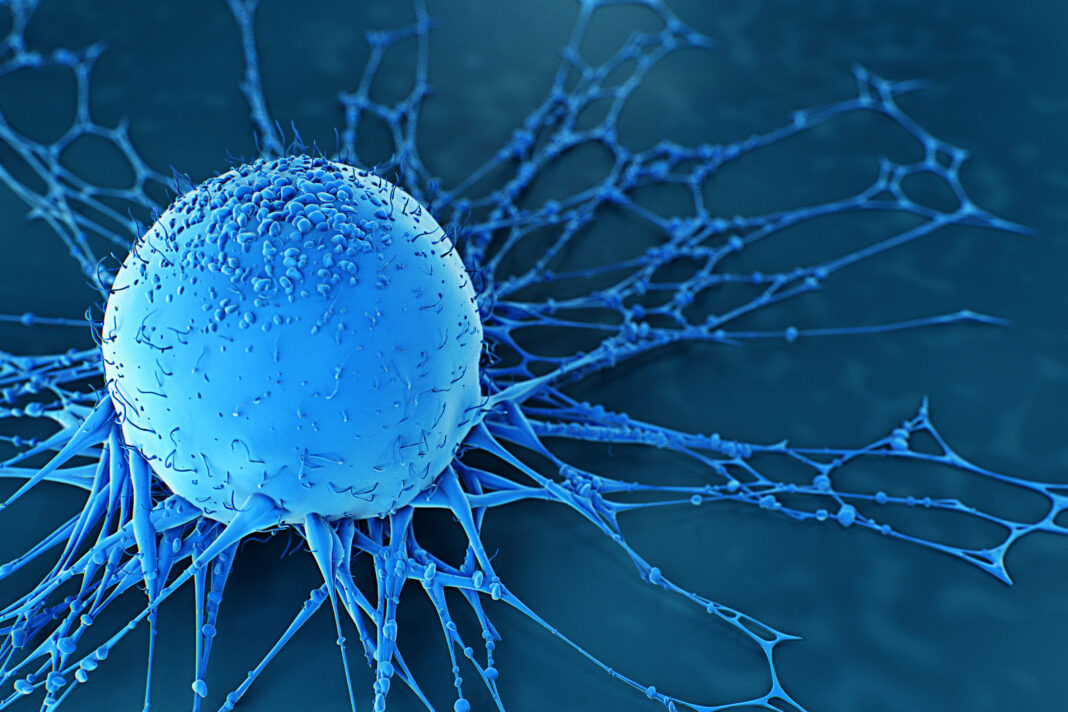Researchers at Weill Cornell Medicine and the Dana Farber Cancer Institute report that a protein called CDC7, which has been known to play an essential role early in the cell division process, is, in fact, replaceable by another protein called CDK1. Their findings may lead to new cancer therapies.
Their findings are published in the journal Nature, in a paper titled, “CDC7-independent G1/S transition revealed by targeted protein degradation.”
“The entry of mammalian cells into the DNA synthesis phase (S phase) represents a key event in cell division,” the researchers wrote. “According to current models of the cell cycle, the kinase CDC7 constitutes an essential and rate-limiting trigger of DNA replication, acting together with the cyclin-dependent kinase CDK2. Here we show that CDC7 is dispensable for cell division of many different cell types, as determined using chemical genetic systems that enable acute shutdown of CDC7 in cultured cells and in live mice.”
“This study provides new insight into one of the most important steps in cell division and suggests a new set of targets for future cancer therapies,” said Tobias Meyer, PhD, the Joseph Hinsey professor in cell and developmental biology and a member of the Sandra and Edward Meyer Cancer Center at Weill Cornell Medicine.
Based on prior experiments primarily in yeast cells, CDC7 was thought to be broadly essential for a key initial step in cell division.
The researchers used a variety of new and established protein-removal methods to make a surprising discovery: Selectively deleting the mouse version of CDC7 in different cell types may slow or stop cell division, but only for a day or two before cell division resumes.
The findings illuminate the complex molecular orchestration of the cell cycle, and suggest that simultaneously blocking both CDC7 and CDK1 could be a powerful new strategy against cancer.
“This work highlights the surprising fact that cells can sometimes achieve redundancy for a given function with two very different classes of protein—not just with two closely related proteins as we’re used to seeing,” Meyer said.






